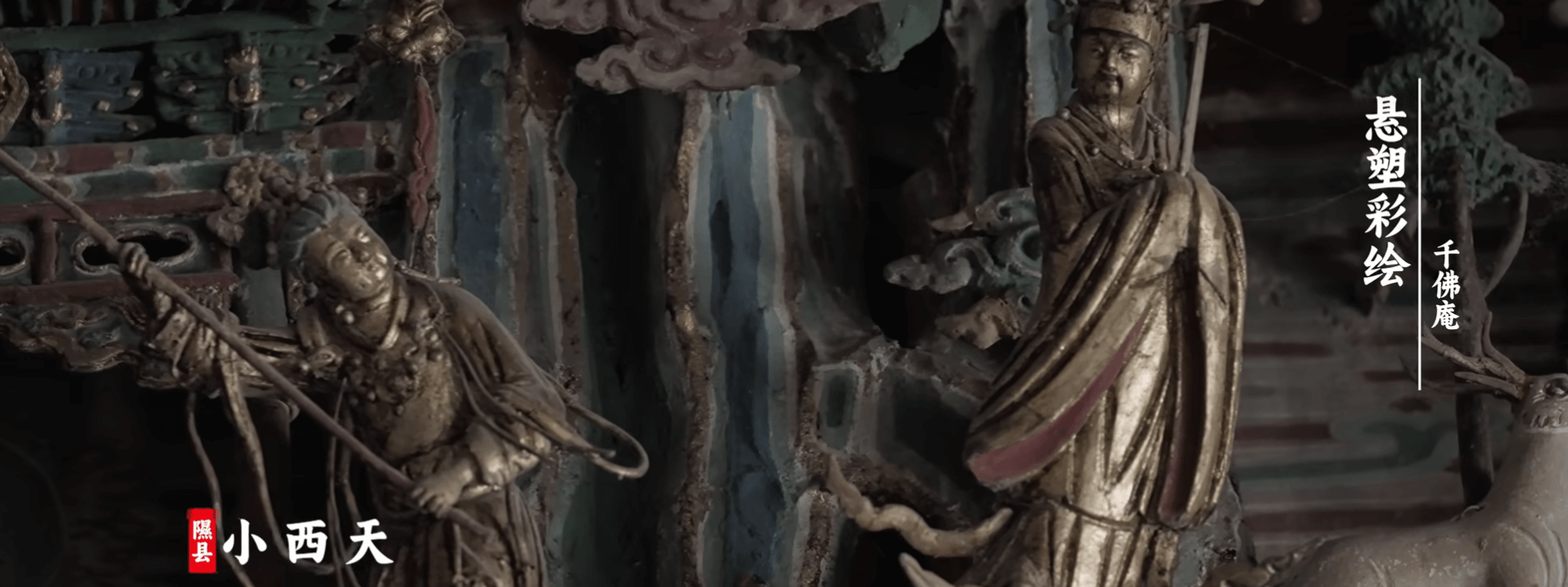The buzz surrounding Black Myth: Wukong has gamers and culture enthusiasts alike on the edge of their seats. But while the game’s thrilling action and mythical storytelling are getting all the attention, there’s a deeper layer that’s equally captivating—the game’s stunning architecture, deeply rooted in the ancient structures of Shanxi Province, China.
Shanxi, often called a treasure trove of ancient Chinese architecture, is home to some of the most breathtaking historical sites you’ve probably never heard of. This province boasts structures from nearly every dynasty in Chinese history, yet it remains a hidden gem, waiting for the world to discover its wonders. Thanks to the local authorities, who are now promoting the game alongside Shanxi’s cultural heritage, the spotlight is finally turning toward this architectural paradise.
So, let’s dive into some of the iconic sites in Shanxi that have inspired Black Myth: Wukong. These places are not just backdrops—they’re rich with history, spirituality, and artistic genius that have withstood the test of time.
🏛️Yongle Gong: Where Murals Tell Ancient Tales
Imagine stepping into a temple where every wall is alive with vivid murals, each one telling a story that has been preserved for centuries. The air inside Yongle Gong is thick with the scent of incense, and the flickering candlelight dances off the centuries-old murals, bringing the ancient tales they tell to life. That’s the magic of Yongle Gong, a Taoist temple complex in Ruicheng, Shanxi. Built over 128 years during the Yuan dynasty, this temple is a masterpiece of both architecture and art. Dedicated to the legendary Taoist saint Lü Dongbin, Yongle Gong houses some of the most stunning murals in all of China.
But here’s the kicker—this temple was moved, brick by brick, from its original location to protect it from flooding. The meticulous care taken to preserve Yongle Gong speaks to its cultural importance. It’s no wonder this temple served as inspiration for the intricate architectural designs in Black Myth: Wukong. Every scene you see in the game is steeped in the rich history of this ancient site.
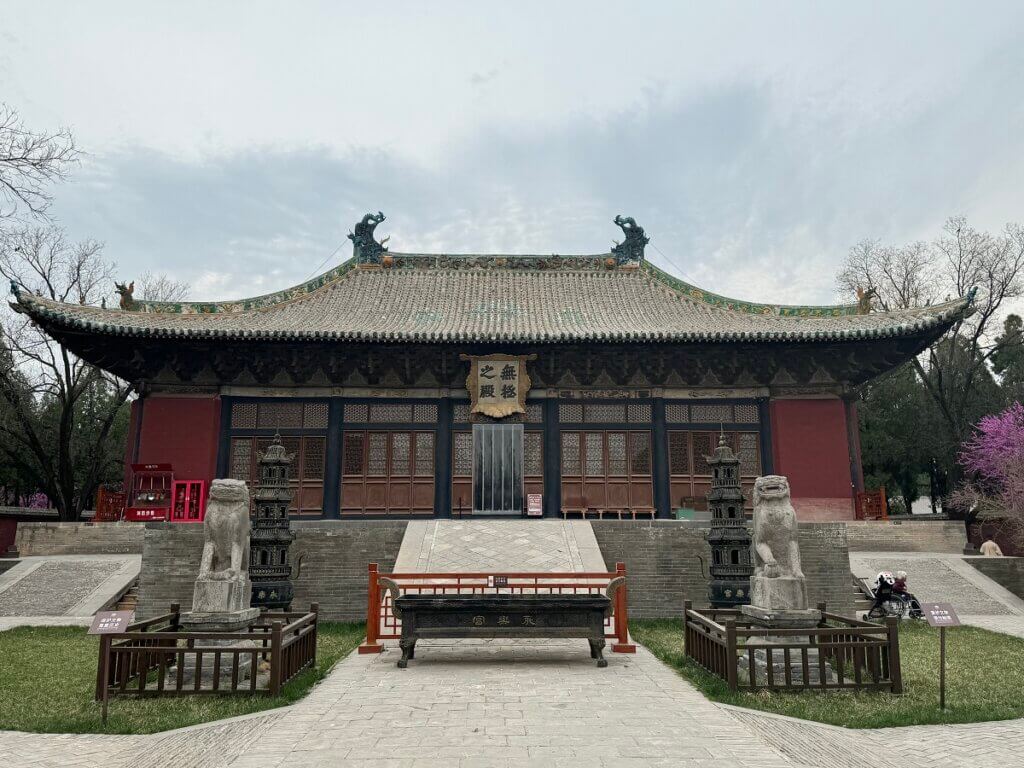
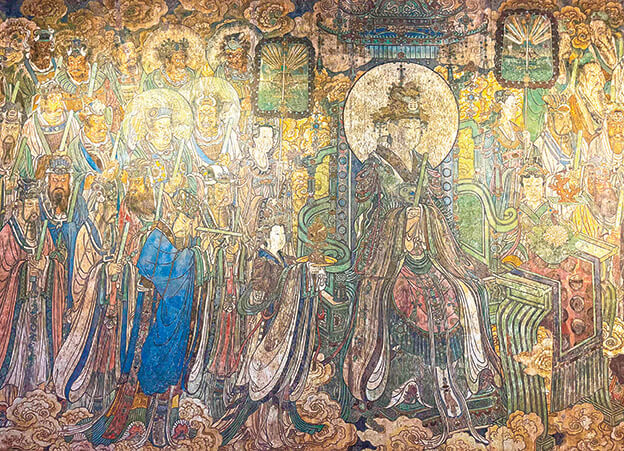
🌟Fucheng Jade Emperor Temple: A Hidden Gem of Taoist Art
As we journey from the vibrant murals of Yongle Gong, let’s continue our exploration with another hidden gem of Taoist artistry—the Fucheng Jade Emperor Temple. Another architectural gem in Shanxi is the Fucheng Jade Emperor Temple, renowned for its exquisitely painted sculptures. The temple is adorned with figures of Taoist deities, including the Jade Emperor, Taoism’s supreme deity. Surrounding him are his children, wives, and maids, the temple’s green-glazed roof glistens under the sunlight, adorned with the intricate figures of the 28 Lunar Mansion governors who stand as eternal sentinels, their gaze fixed on the horizon.
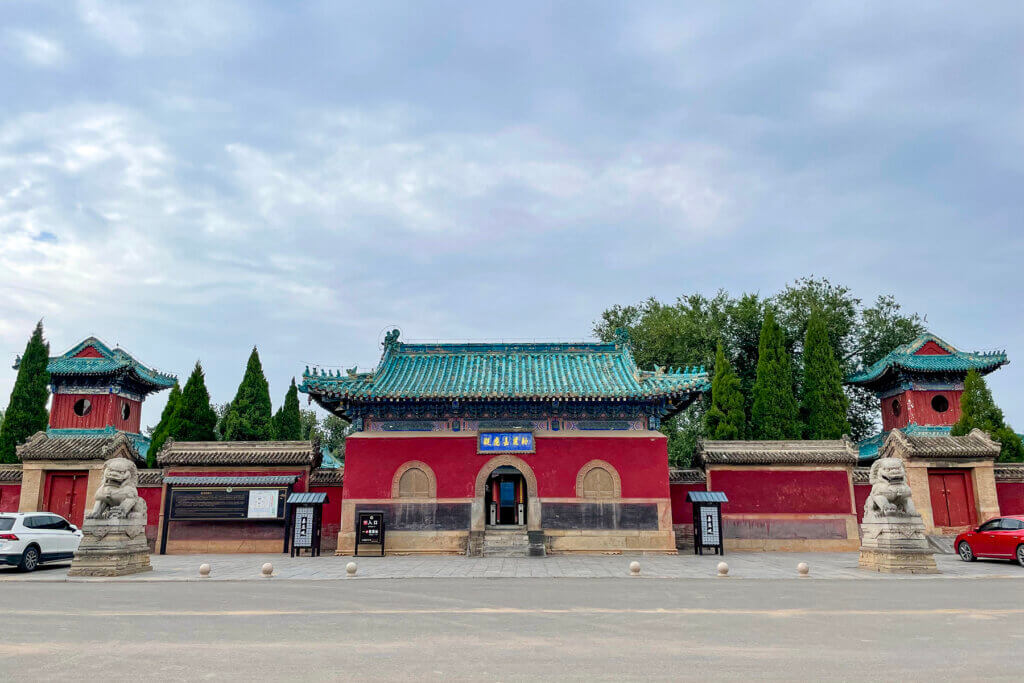
These sculptures, dating back to the Yuan dynasty, are not just religious icons—they are works of art that tell stories of balance, fate, and cosmic order. The 28 Lunar Mansions, often compared to the Western zodiac, are depicted in intricate detail, each one a guardian of destiny. The temple feels like a sanctuary, a place where time slows down, and the past whispers through every crack in the stone. It’s easy to see how this ancient artistry continues to inspire modern creators, as seen in the detailed environments of Black Myth: Wukong.
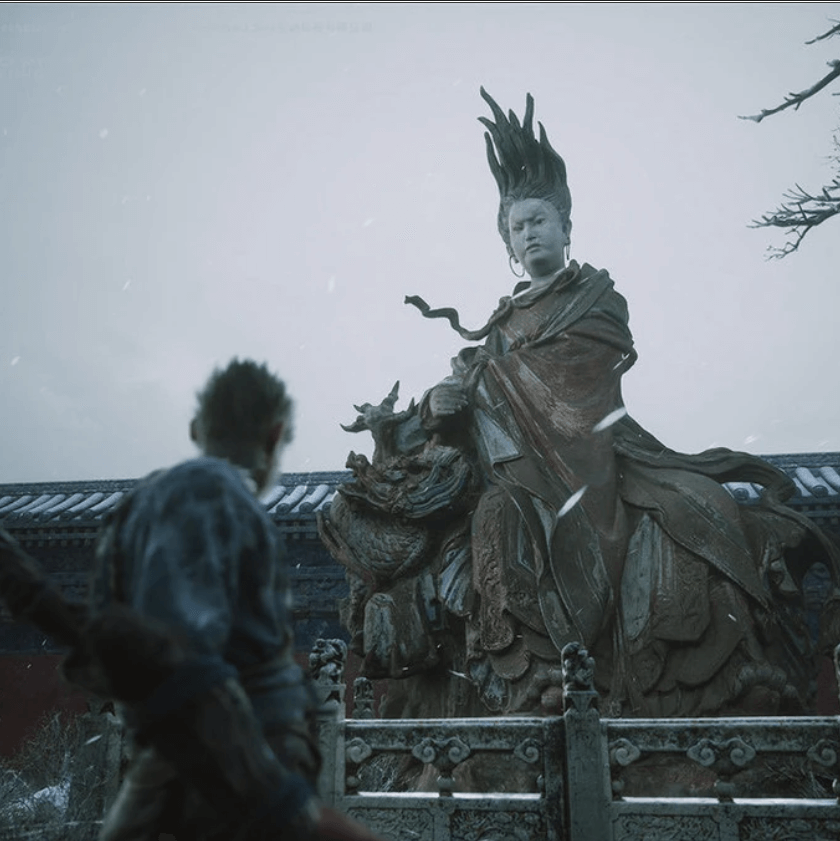
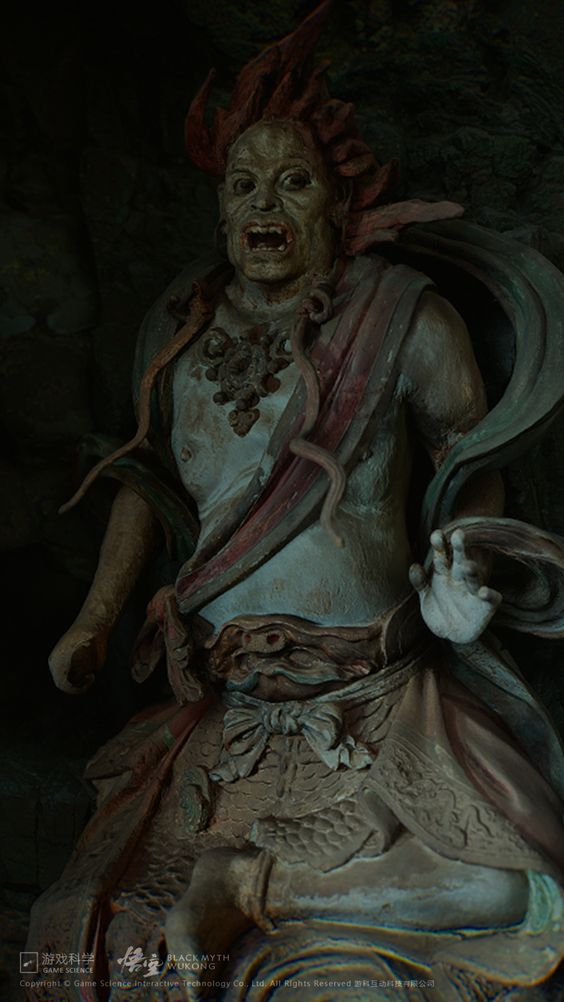
As you wander through the temple, your eyes are drawn to the exquisitely painted sculptures that seem almost lifelike. The figures of the Jade Emperor, Taoism’s supreme deity, and his divine entourage are crafted with such detail that you can almost feel the texture of their robes, the smoothness of the painted surfaces contrasted with the rough stone beneath your feet.
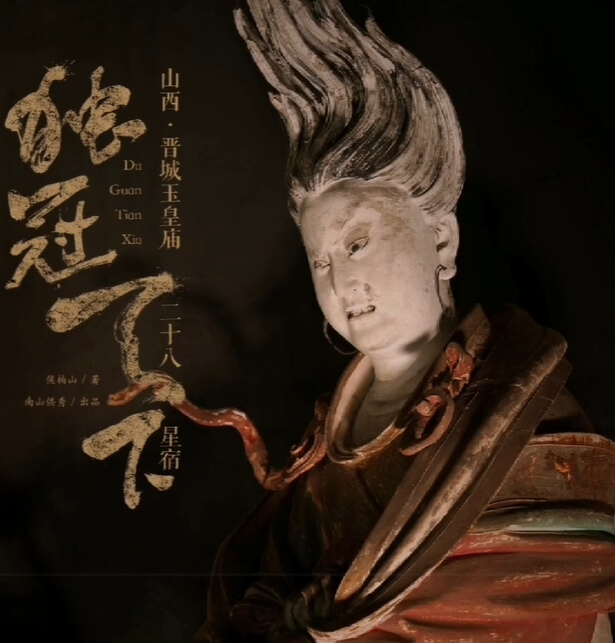
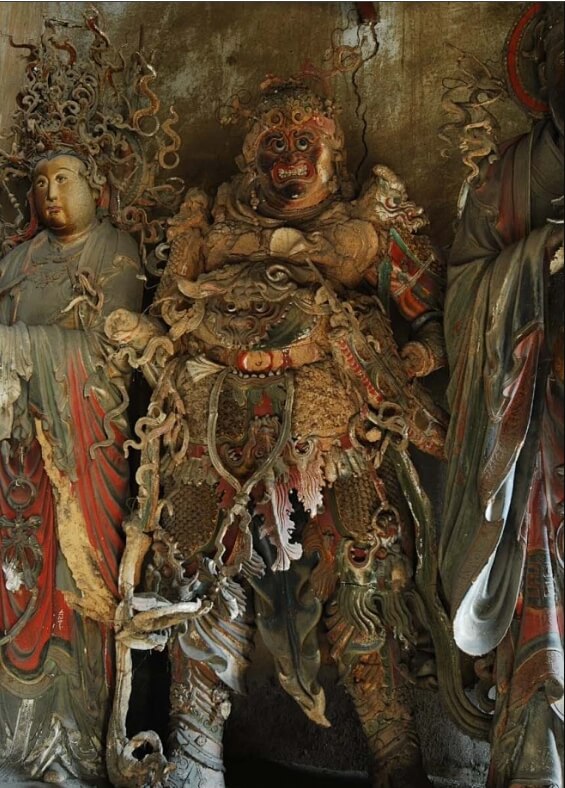
🙏 The Little Western Paradise: The Temple of One Thousand Buddhas
After exploring the spiritual depths of the Fucheng Jade Emperor Temple, our journey leads us to yet another awe-inspiring site in Shanxi, this time steeped in Buddhist tradition. Tucked away in Xi County, Shanxi Province, lies the Little Western Paradise, also known as the Temple of One Thousand Buddhas. This temple, although largely forgotten even within Shanxi, is a treasure trove of Buddhist art. It was founded by the Buddhist monk Dongming during the Ming dynasty, with its most admired feature being the 169.6-square-meter Upper Main Hall. Here, over a thousand polychrome clay sculptures interwoven into the building’s timber structure depict palatial scenes from a Buddhist Pure Land.
These sculptures, created at the beginning of the Qing dynasty, are awe-inspiring in their detail and craftsmanship. They offer a glimpse into the spiritual world of ancient China, making the Little Western Paradise a site of immense cultural and religious significance.

🕹️Stay Tuned: More Black Myth: Wukong and Chinese Treasures!
Black Myth: Wukong not only provides thrilling adventures but also connects players to Shanxi’s rich cultural heritage. Our project is under curation, and there’s more to come! Expect updates on the game and a curated selection of premium Chinese products. Stay tuned for exciting reveals and exclusive offerings!
#China #DesignedInChina #BlackMythWukong #ShanxiHeritage #AncientArchitecture #GamingCulture
